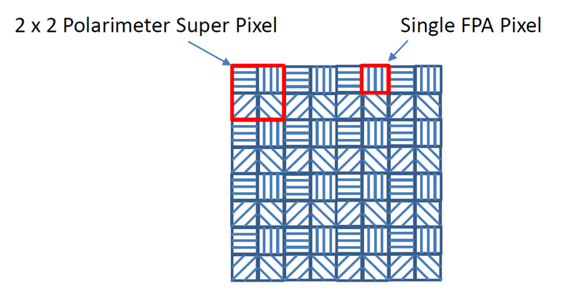“You have to think like an oil spill to trace one”. But we do it using a down-to-earth and physics-based approach instead for oil spill detection. Article by Pavel Tatarintsev, NNTC R&D Head.
Oil spills – a global issue
Oil spills are a problem that affects the global community. Statistics show that the total volume of oil lost to the environment recorded in 2019 only was approximately 1,000 tons. According to ITOPF research, in the period 1970 to 2019, 50% of large spills occurred while the vessels were underway in open water; allisions, collisions, and groundings account for 58% of the causes of these spills. These same causes account for an even higher percentage of spills (99%) when the vessels were underway in inland or restricted waters. A number of the incidents, despite their large size, necessitated little or no response as the oil has spilled some distance offshore and did not impact coastlines.
Fortunately, the number of large spills (>700 tons) has decreased significantly over the last few decades. Innovative technologies made an important contribution to oil spill management and accelerated response procedures to prevent ecology impact. Today’s post is dedicated to polarization, an innovation that helps trace and clean up oil leaks. All science needs is a little magic, and Pyxis solution just happens to have some.
Polarization in a nutshell
Taking light as a form of an electromagnetic wave, we can distinguish electric and magnetic fields there. Before polarization, we have unpolarized light emitted, for example, by the sun or a lamp.
Polarization means removing any electromagnetic waves from the beam, except for those being in a certain plane of polarization.
You don’t need smoke and mirrors to polarize a light wave. A polaroid filter will do. Moreover, you can see polarized light in your everyday life, when you wear glare-reducing sunglasses or use polaroid filters in cameras, for example. Actually, using these filters is the only way of taking a photo of any museum painting or exhibit protected by glass.
Now let’s trace some oil
Various methods are used to detect oil spills.
An ordinary camera. Unfortunately, it is sensitive only to a single FPA pixel. This is the most inconvenient and least accurate method. It is difficult to see a spill in the rolling sea because of oil movement, sun glares, and transparency of other liquids.
A thermal imaging camera can show temperature difference between an oil spill and water. Thermal imagers are capable of detecting rather thick oil spills. However, they fail if both liquids have the same temperature. On a good day, you can respond with a speed of light – OK, under 15-20 minutes – otherwise, the temperatures will even out.
A polarization camera. The only camera that has an eye for any chemical compounds on the water surface. Polarized light varies depending on the surface material reflecting it, especially when it comes to oil and diesel leaks.

A polarization camera uses polarization-sensitive 2×2 super pixels to filter out all glares and identify the angle of polarization.
Light reflected from oil and water has different polarization angles. Gotcha! Now you see it. Special software can build both thermal and polarization images, as well as combined eTherm enhanced image.
The advantage of the solution is that it works day and night, in waves and calm water. It sees not only crude oil, but also refind oils.
Below you can see how these pictures look in real life. Thermal imaging combined with polarization shows the exact shape and location of an oil spill. It’s like playing hide-and-seek in the dark, but with a night-vision device.
Use cases for oil spill detection
Let’s talk about how we can use polarization to prevent oil spills.
- Oil platforms can install polarization cameras to monitor the drilling process and oil leaks
- Desalination plants can use polarization to prevent oil or other contaminants from flowing inside along with seawater and avoid engine damage
- When loading docked tankers
- When cleaning up spilled oil
- Camera-equipped drones can patrol oil tankers whereabouts and monitor aquatic ecology
Innovative technologies are like a magic wand we use to make all environmental disasters disappear. If you believe that this oil and diesel spill detection solution will make your business safer, reduce environmental risks, and improve the quality of life in your region, please feel free to contact our experts at info@nntc.digital.
